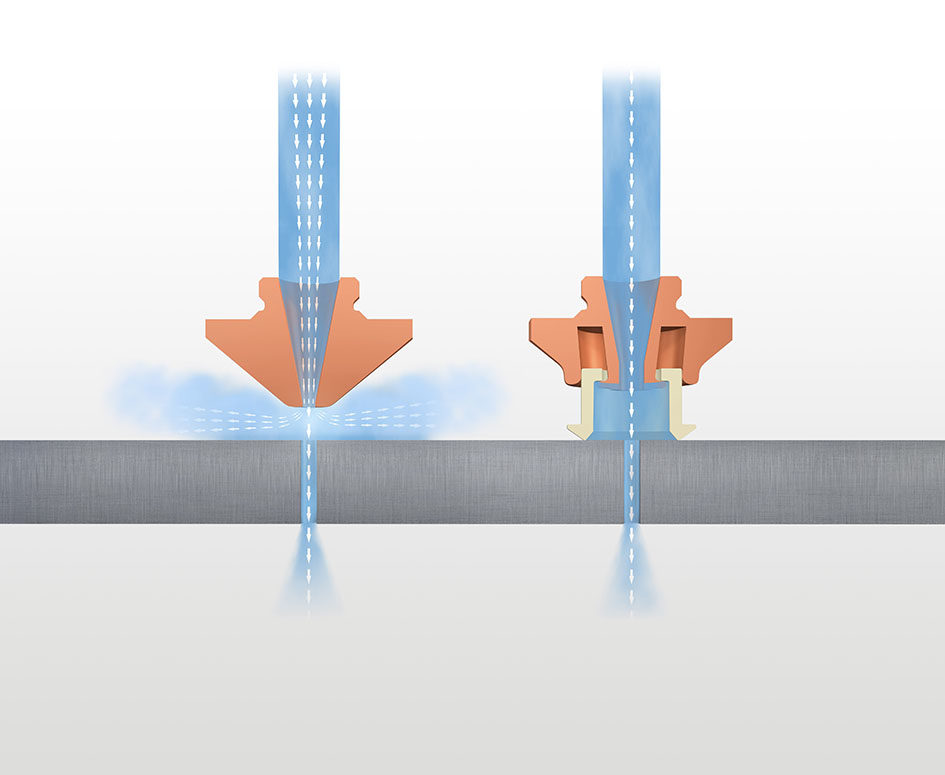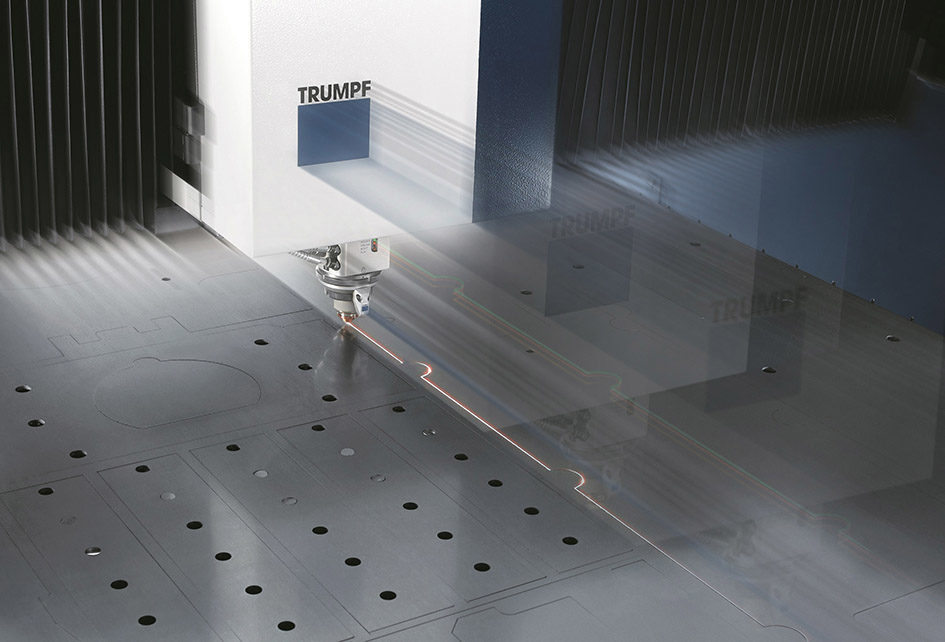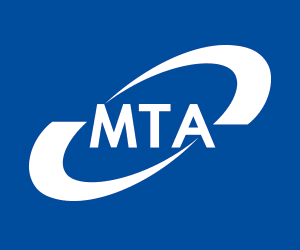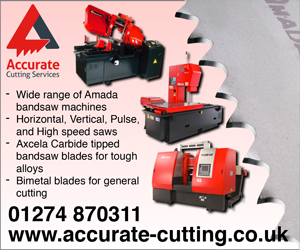70 percent less cutting gas – Doubling of sheet throughput
Higher cutting speed = higher laser power. This formula has been more than just a rule of thumb. But TRUMPF engineers have now severed the correlation between speed and kilowatts. The fruit of their labour? The Highspeed and Highspeed Eco cutting processes. A newly designed nozzle boosts the feed rate by up to 100 percent for solid-state laser machines that employ fusion cutting with nitrogen. What’s more, laser power does not need to be increased. Not only is the feed rate now faster, but also the piercing process. These new cutting processes also allow for nearly a twofold increase in sheet throughput compared to standard cutting. What’s more, less cutting gas is used thanks to the nozzle’s innovative design. The Highspeed process requires 40 percent less nitrogen on average; with the Highspeed Eco 70 percent less. These new processes mean that TRUMPF has achieved another milestone on the road to lower parts costs.
In fusion cutting, gas under relatively high pressure blows molten material out of the kerf; this entails high operating costs. Flame cutting using oxygen has usually been used for mild steel, especially for relatively thick sheets. The advantage of low gas costs is offset by oxidized cut edges, which often need to be reworked. The new Highspeed and Highspeed Eco processes, by contrast, are faster and use less gas, which greatly increases the cost-efficiency of fusion cutting mild steel with nitrogen. In addition, the scope of application is now broader for eight-kilowatt lasers used in fusion cutting. The laser can now cut sheets as thick as twelve millimetres – instead of just ten millimetres as in the past.

The Highspeed Eco nozzle’s sleeve forces the gas directly into the kerf.
The Highspeed process makes use of a bi-flow nozzle. Some of the cutting gas passes through the center of this nozzle, as does the laser beam. The rest forms a secondary flow around the principal flow to concentrate it onto the kerf, expelling molten material more efficiently. The Highspeed Eco process relies on a patented nozzle fitted with a sleeve that forces the gas directly into the kerf, ensuring that little or no gas flows off to the side. While this moving sleeve glides across the material during fusion cutting, the nozzle remains 1.5 millimetres from the sheet surface. This ensures the nozzle can effortlessly withstand any chips generated during piercing – which accelerates piercing and minimizes the risk of damage.
Highspeed and Highspeed Eco can be used for fusion cutting of mild-steel and stainless-steel sheets at least four millimetres thick. And just one nozzle is needed in these cases, which makes mix-ups less likely and shortens setup times. Cut edges exhibit low surface roughness and a high-quality, homogeneous look.
Highspeed Eco and Highspeed can now be used on machines in the TruLaser Series 5000 equipped with an eight-kilowatt solid-state laser. Soon it will be available for use with six-kilowatt solid-state lasers. The Highspeed process is featured on machines in the TruLaser Series 3000 fitted with a six-kilowatt solid-state laser. Many relatively new machines can be retrofitted with these processes.





